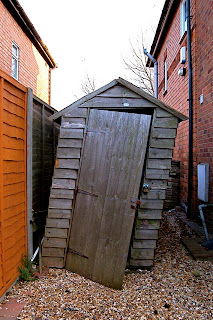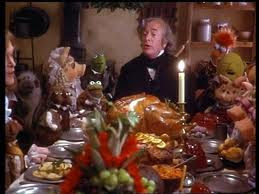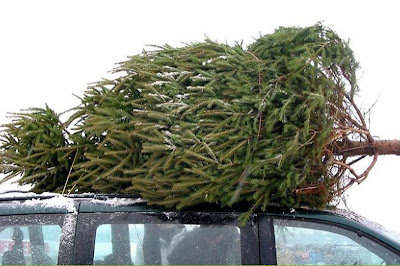Boxing day has been celebrated since the middle ages. There are several explanations why Boxing day is so called which centre around the giving of money and gifts to the needy.
The name may originate from the custom of putting out boxes collecting money for the poor, which were placed in churches on Christmas day and opened the following day. This was linked to the Feast of St Stephen.
There is a tradition of giving servants a 'Christmas box' (present) and a day off directly following Christmas day from their master. Samuel Pepys mentions this custom in his diary entry of 19 December 1663, where servants are handed a Christmas box and given the day off to visit family. This tradition of reward for good service continues today with many tradesmen receiving Christmas boxes of money and presents for their service throughout the year.
Today Boxing Day is also a time for eccentric activities such as swimming the English Channel, fun runs and charity events. It is even the date for some traditional fox hunts. However, it appears to be most defined by the retail industry with the Boxing Day Sales, which offer big discounts on purchases. Often shopping centres are crowded and packed as people strive to find a bargain making Boxing Day retailers biggest day of the year for revenue.
What is frankincense?
What is mistletoe?
When is pancake day?
Why do we kiss under the mistletoe?
What is Myrhh?
Santa
For related articles click onto:
How to keep your Christmas tree
Poinsettia care
Recipe for Christmas pudding
What is a tree?
What is Boxing day?
What is Christmas?How to keep your Christmas tree
Poinsettia care
Recipe for Christmas pudding
What is a tree?
What is Boxing day?
What is frankincense?
What is mistletoe?
When is pancake day?
Why do we kiss under the mistletoe?
What is Myrhh?
Santa

































